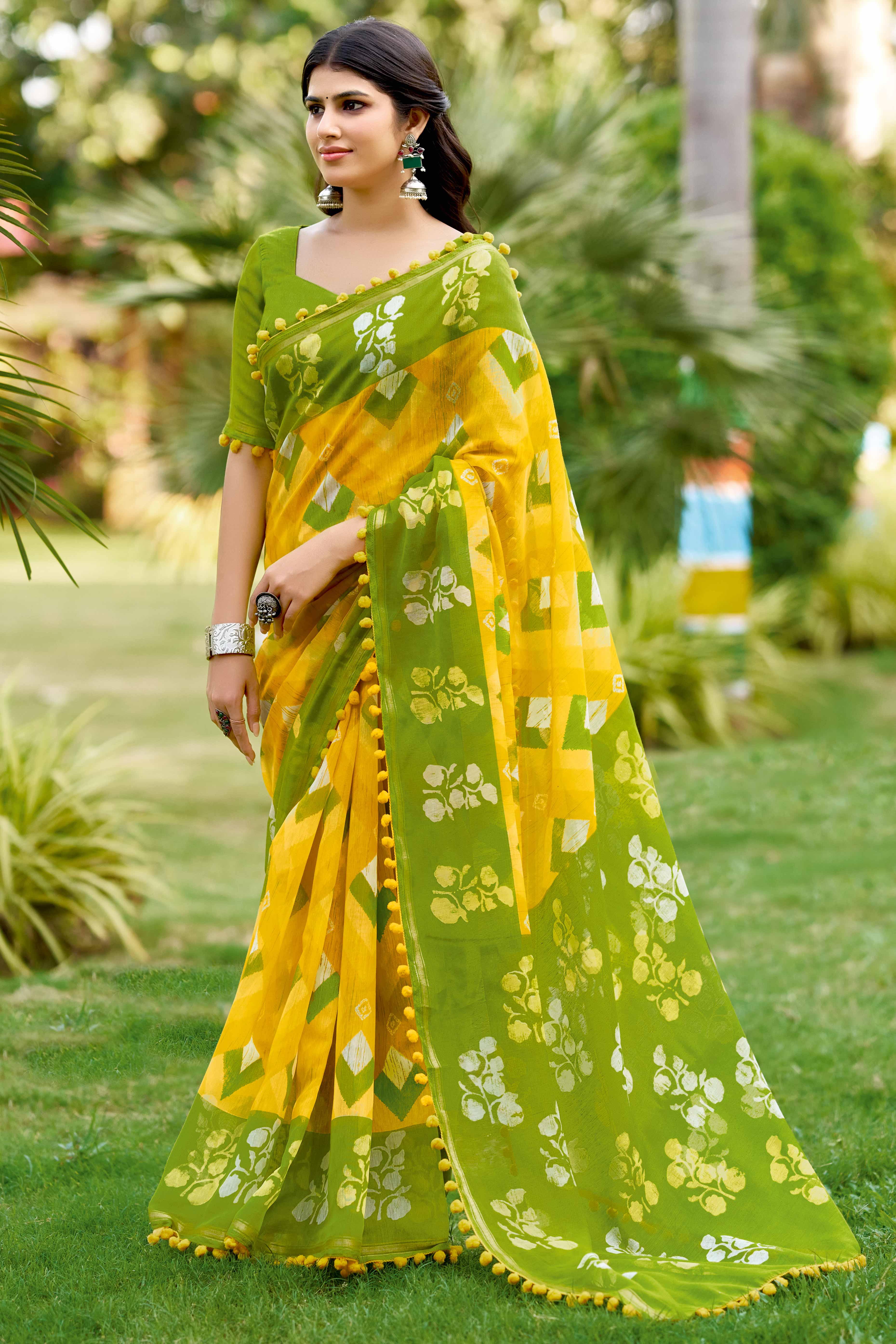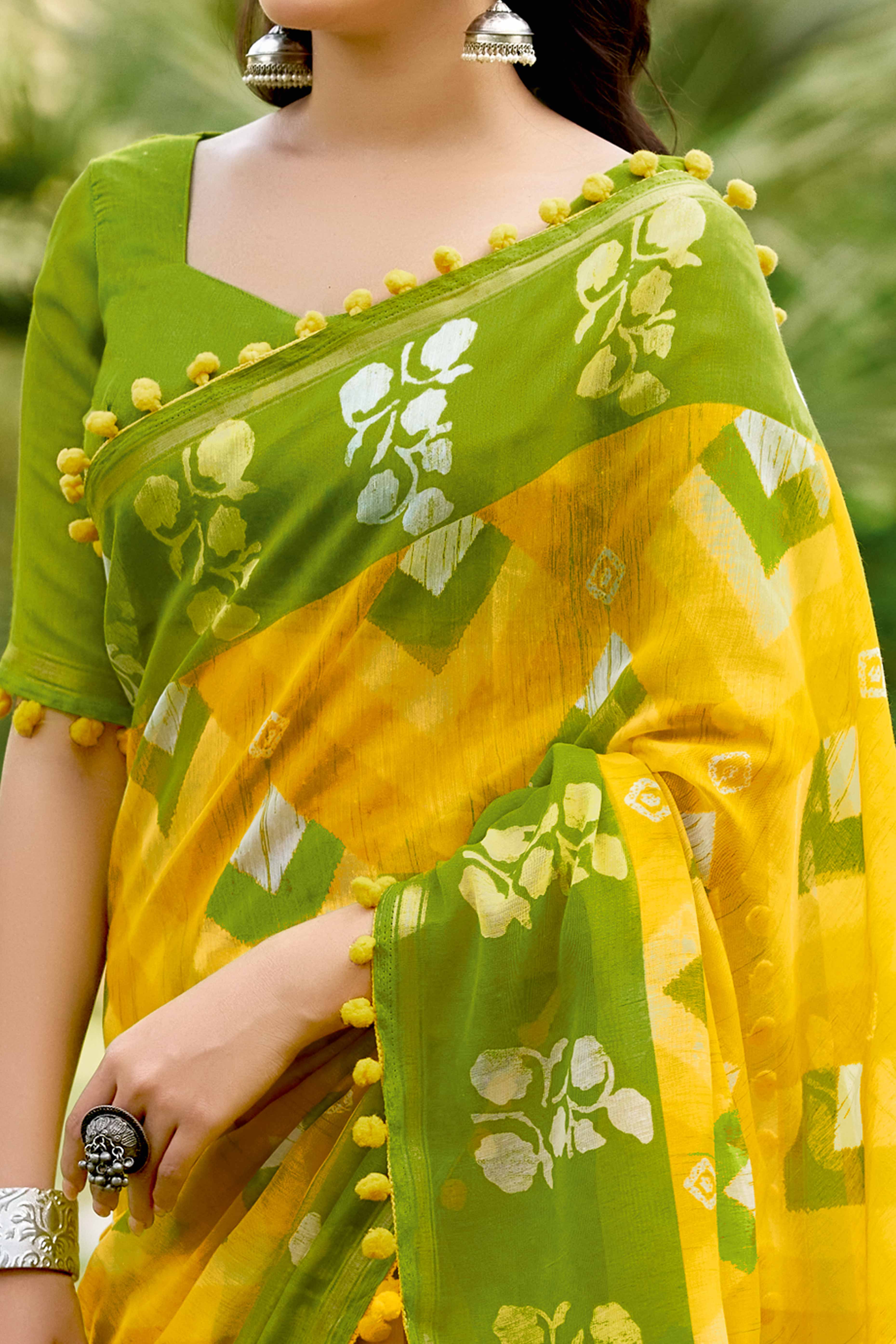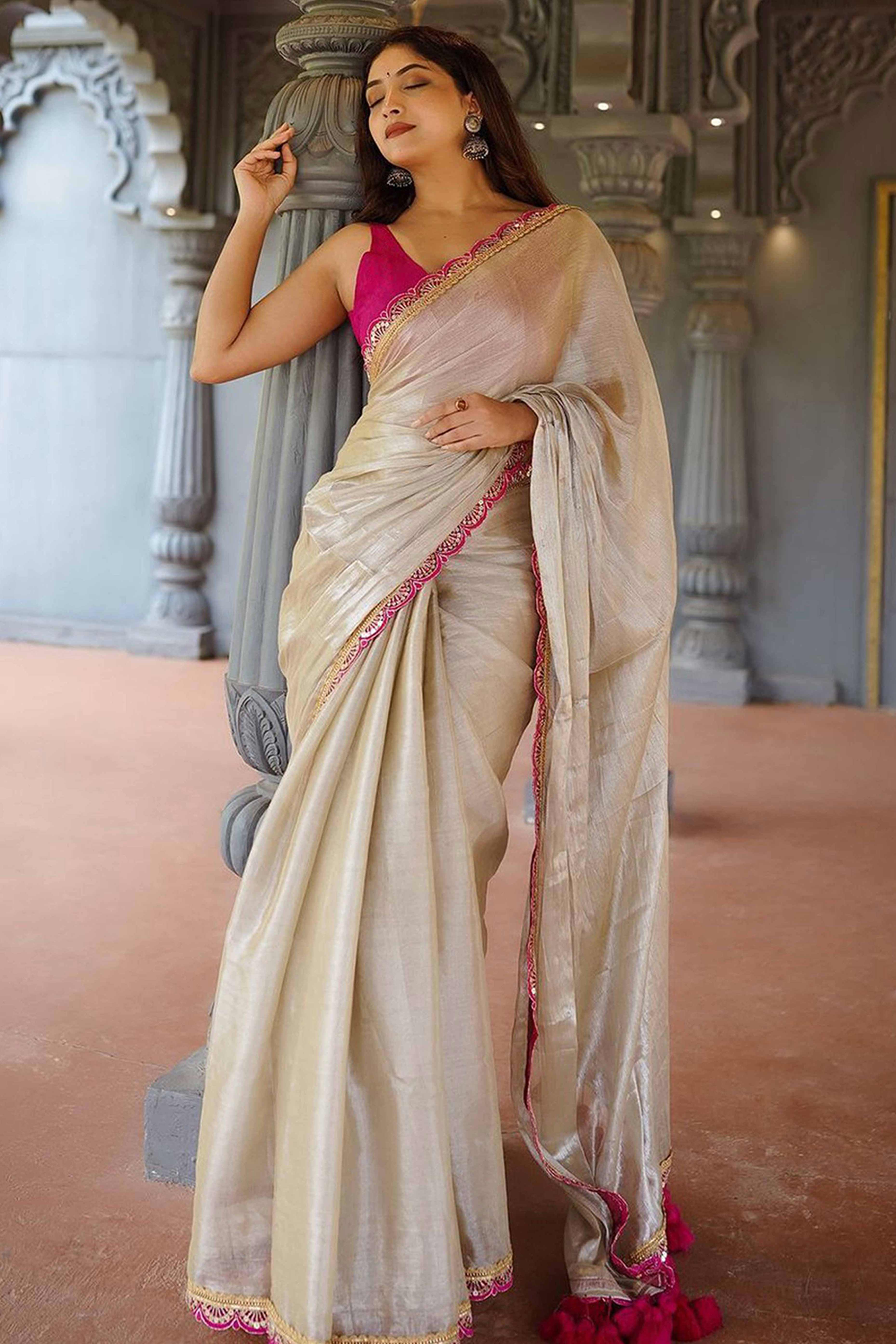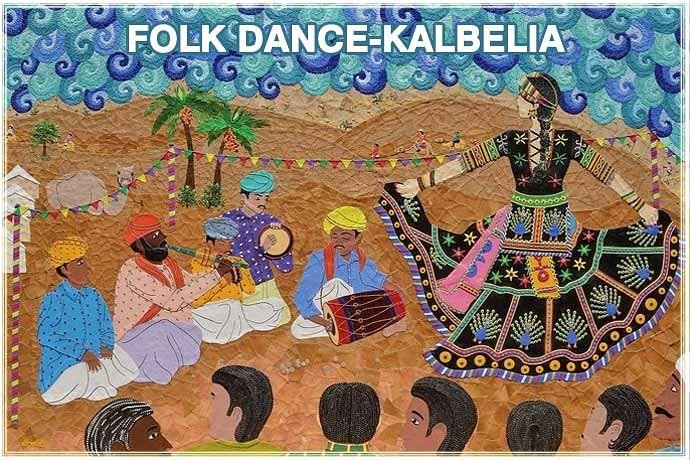Also known as Thanjavur paintings, the Tanjore paintings are one of the most popular and celebrated paintings and craftsmanship of South India. Having originated in the Thanjavur city of Tamil Nadu, the paintings took the name after the native place.
Birth of Tanjore Paintings
The Tanjore paintings originated in India during the reign of the Chola dynasty in the 16th
century. After that many succeeding rulers right from the Marathas to the Rajus of Trichi and Tanjore and Naidus of Madurai, this mesmerising art was patronized by all the rulers.
The beauty about these paintings is that they use very vibrant colors and semi-precious stones, glass shreds and pearls to work about enchanting embellishments on the surface.
The Tanjore paintings flourished the most between 16th and 18th century. The paintings from this period majorly had Hindu mythology as their backdrop.
The Tanjore paintings during the rule of King Sarfoji, the paintings were embellished with real rare diamonds. In fact, he was a genuine patron of this art and the paintings gained immense popularity during his rule.

Also Read: Must Buy Bhagalpuri Silk Sarees
Usually, these paintings have one main subject which is painted in the centre. Most Tanjore paintings are done on wooden planks- in fact in many rural areas of Tamil Nadu, these paintings are known as Palagai Padam.
Other than mythological themes, other Tanjore paintings popularly found have themes including wild life, still life, royal court scenes, nature etcetera.
Crafting Tanjore Paintings
To make a Tanjore painting, first a base framework sketch is made. The base is mostly made of a thick cloth on which a rough sketch is made. After this, the cloth is stuck to a wooden base. The second step consists of mixing chalk powder or zinc oxide with water-soluble adhesive and applying it on the base.

Once this is done, the main decoration of the painting begins- with precious stones, pearls, colored cut glasses, threads. At times, to add a further touch of royalty and elegance to the painting, pressed gold sheets are used to trace out certain parts of the paintings.
Mention of Tanjore Paintings in Ancient Literature
The Tanjore paintings find a vivid mention in these following popular scriptures, further highlighting the immense popularity they enjoyed during the ancient times.
The very famous Sanskrit literary work Prabodh Chandrodayam has an elaborate description on the Tanjore Paintings.
The Rig Veda editions during Sarfoji’s rule have all the cover pages made in Tanjore paintings.
Marathi translations of Mahabharat and Bhagvad Gita have detailed mention of these paintings.

Tanjore Paintings today
The Tanjore paintings have a huge fan following worldwide. Foreigners are in particular quite fond of collecting these paintings, especially the ones carved in precious stones. They keep up the enriched heritage of our country and are also a good investment asset for connoisseurs.
They too have adapted with changing times but have retained the basic essence of the original paintings’ concept.






















